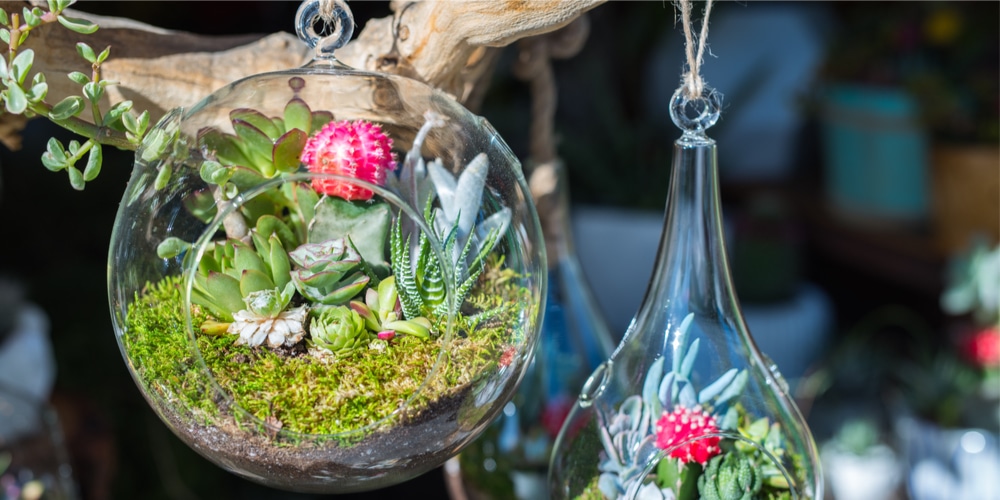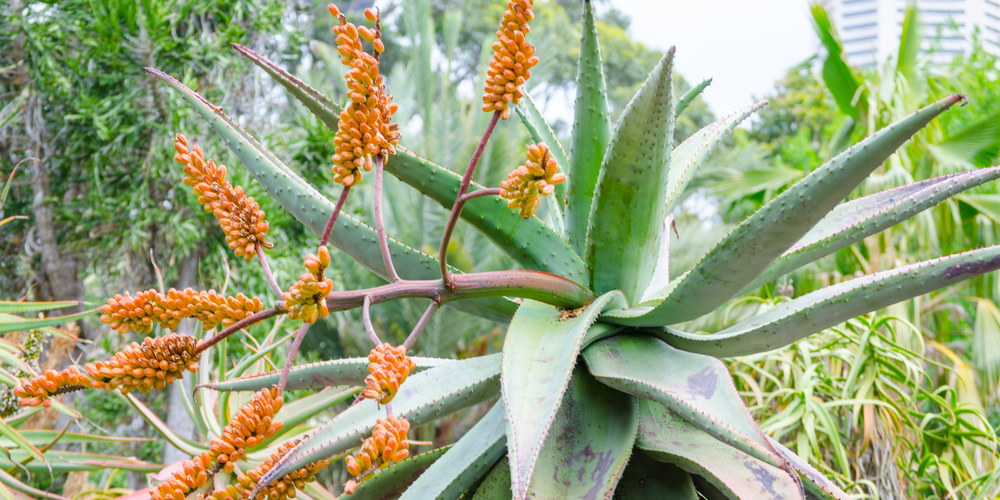Have you noticed your succulent blooming for the first time? The show is stunning, no doubt about that. But will that be the last time you’ll enjoy your plant? If you are into gardening, you may have heard about death bloom. But what is a succulent death bloom?
And what should you know about it? You are in the right place to find everything you must learn about this event.
What is a Succulent Death Bloom?
Let’s go straight to the core of the question. As you may imagine, a succulent death bloom is the production of flowers that cause your plant to die.
The stalk comes out vertically from your plant’s center (or apex), and it usually only happens once in a lifetime. Blooms coming from other parts are “normal” and won’t cause your plant’s death.
Plants that fall under the “monocarpic succulents” variety bloom once and die. That is because the production of seeds causes changes inside the plant that finds itself needing to redirect its energy to a new task.
Eventually, this process will cause your succulent to wilt. Of course, that is part of their lifecycle: there usually isn’t much you can do to prevent it. Examples of such plants include agave, aeoniums, and sempervivums. Most plants last for at least a few years (or as much as 80 for some species).
Why Does a Death Bloom Occur?
Succulents produce flowers to attract pollinators, which, in turn, ensure their survival and their reproduction. Blooms include the reproductive parts of the plants: animals such as bees, butterflies, and birds scatter them around, which secures the survival of the plant’s genes for the next generations.
In cultivations, self-pollination is also possible. Under such circumstances, you can harvest and let the seeds germinate to produce new plants.
Most succulents don’t die after flowering. Only monocarpic species do that. You can tell if your plant is monocarpic by looking at how its flowers come out of the plant.
Succulents that don’t die after blooming produce flowers from stalks on the sides of the plant. In monocarpic species, the flower will only come from the center.
Monocarpic succulents usually produce pups or baby plants before dying. When the mother dies, its “sons” will keep growing. Of course, whether your plant will flower or not depends on the weather and growing conditions. But can you encourage blooming? Jump to the following section to find out!
How To Encourage Blooming
Depending on the species you plant, you should expect blooming at different times of the year. Some produce flowers in the spring, others in the summer, and some varieties bloom in the winter months.
Of course, healthy plants will produce more flowers. To ensure your succulents thrive, plant them under adequate sunlight. These plants need at least five to six hours of light each day to stay happy. Also, don’t forget to plant them in well-draining soil: these plants hate soggy soil.
Plus, they are susceptible to root rot. Don’t forget to allow your plant to dry before adding extra moisture. Feel the ground with your fingers to avoid making mistakes such as overwatering.
What is a Succulent Death Bloom?: Final thoughts
Consider purchasing a cactus mix and adding some perlite to increase drainage. Doing so will also improve the nutrient content and ensure your plant gets all it needs to thrive.
Related Article: Do Succulent Leaves Grow Back?

